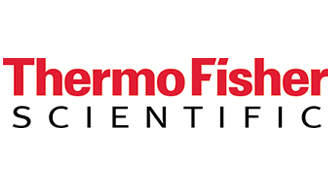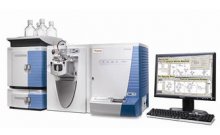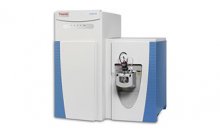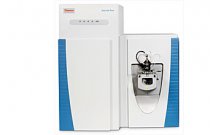利用TSQ Quantum Ultra高选择性反应监测能力(H-SRM)分析血浆样品中1-羟基咪达唑仑和咪达唑仑含量
前言:
The Thermo Scientific TSQ Quantum line of triple quadrupole mass spectrometers offers the unique capability of highly-selective reaction monitoring (H-SRM). H-SRM is superior to selective reaction monitoring (SRM) given that H-SRM provides higher analyte selectivity by means of improved mass resolution of a precursor ion with Q1 while maintaining high transmission efficiency. The TSQ Quantum family achieves this increased selectivity on its mass-resolving quadrupoles by employing hyperbolicfaced rods as opposed to round rod used by all other commercially available quadrupole mass spectrometers. The practical advantage H-SRM provides is the ability to remove isobaric chemical noise thereby increasing the signal-to-noise (S/N), which translates to improved limits of quantitation (LOQs) and higher confidence in the quantitation results. Furthermore, data acquisitions using H-SRM can be executed by simply changing the Q1 peak width setting in the Instrument Setup in the Xcalibur™ data system.
This application report presents H-SRM data for the quantitation of midazolam and its primary metabolite in protein precipitated plasma. With the selectivity of H-SRM, sample cleanup not was required (e.g., solid phase extraction) and a short LC method was sufficient to accurately quantitate these pharmaceuticals at the level of 10 pg/mL on the Thermo Scientific TSQ Quantum Ultra.
仪器:
结论:
The H-SRM assay of midazolam and its primary metabolite 1-hydroxymidazolam both yielded 10 pg/mL (100 fg) LOQs from protein precipitated plasma on the TSQ Quantum Ultra. The selectivity of H-SRM yielded a 2.5-fold improvement in the LOQ for 1-hydroxymidazolam over unit-resolution SRM. Time consuming sample cleanup or long chromatographic run times were not necessary due to increased selectivity of H-SRM. Furthermore, H-SRM on the TSQ Quantum Ultra increases the confidence in the quantitation results by reducing the possibility of false positives, even for low selectivity SRM transitions (e.g., loss of H2O), without sacrificing sensitivity.




